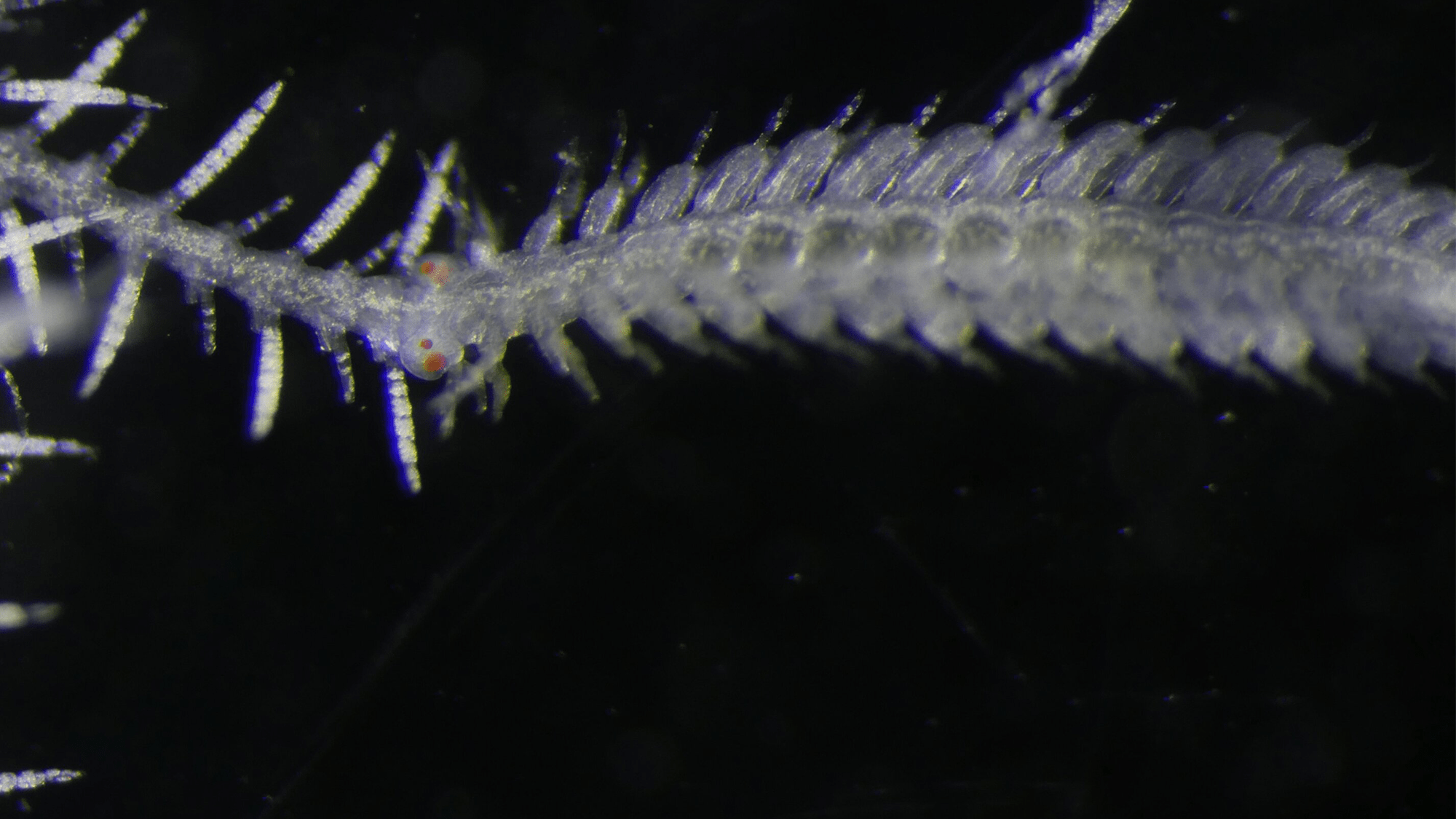Now Reading: Sea Worms Grow Eyes on Reproductive Organs Before Mating
-
01
Sea Worms Grow Eyes on Reproductive Organs Before Mating
Sea Worms Grow Eyes on Reproductive Organs Before Mating

Swift Summary
- Species Overview: The branching marine worm (Ramisyllis kingghidorahi), named after GodzillaS nemesis King Ghidorah, displays a unique reproductive style where it grows multiple body branches inside host sponges in Japan’s Sea of Japan.
- Reproduction Mechanism: The branches produce autonomous reproductive units called stolons, which sprout eyes adn detach to mate. Stolons showcase distinctive genetic activity tied to their role in reproduction.
- Scientific Revelation: Genetic studies revealed upregulation of eye-development genes and potential partial genome duplication contributing to the worm’s complex anatomy and reproductive system.
- Key Insights: Surprising findings showed the head lacked sex-specific differences; instead, stolons held hotspots of gene activity during sexual development.
- Implications for science: Researchers aim to understand how such peculiar reproductive systems evolve through genetic mapping.
Images:
!Branching Marine Worm
!Close-up of Female Stolon
Indian Opinion Analysis
The discovery surrounding Ramisyllis kingghidorahi illustrates nature’s remarkable biodiversity and evolutionary ingenuity. For India, which boasts one of the world’s richest marine ecologies along its vast coastline, breakthroughs like these can inspire local research into endemic species that may also conceal unique traits. Such insights could enrich India’s growing genomic research sector while fostering enduring conservation policies for its oceanic ecosystems. Furthermore, these studies highlight how international collaborations enhance scientific understanding across borders-an approach india could adopt further as it contributes more actively to global scientific initiatives.
























